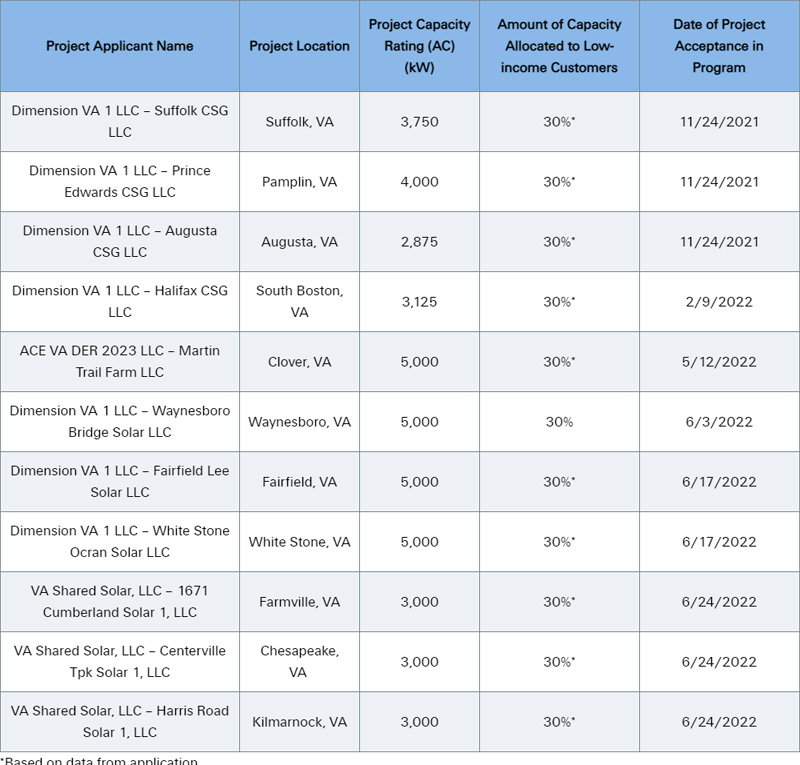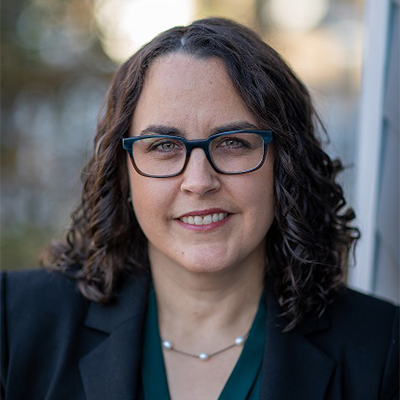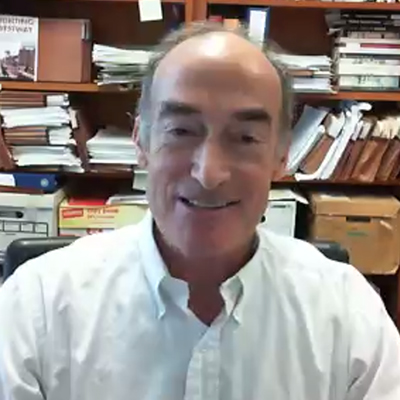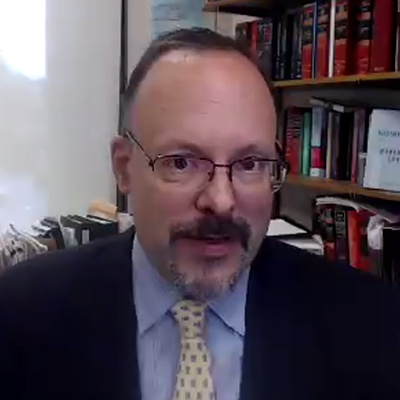Offshore wind projects on the East Coast could cut revenue in the $30 million surfclam industry by 3% to 15%, according to a new study from Rutgers University.
Atlantic City, which is home port for about half the Atlantic surfclam fleet, could see losses as high as 25%, Rutgers researchers found.
Unlike their smaller cousins ― including steamers and littleneck clams ― surfclams are large, hard-shelled bivalves that can measure between 4 and 8 inches wide and are generally processed for use in soups, stews and chowders, according to the National Oceanic and Atmospheric Administration (NOAA). They can live as long as 35 years.
The NOAA describes the Atlantic surfclam fishery as “sustainably managed and responsibly harvested under U.S. regulations,” with the most recent figures, from 2019, showing a harvest of 34.3 million pounds.
But the Rutgers study, which was funded by the Bureau of Ocean Energy Management (BOEM), says that the presence of the turbines in the water could mean that some clamming vessels will make fewer trips, go to different ― more distant ― fishing areas and so harvest fewer clams, cutting their earnings. Those changes could also increase average costs by 1% to 5%, according to the study, which was published in two parts (here and here) in the June 20 issue of the ICES Journal of Marine Science. Those findings provide support for the concerns of commercial fishing interests, among the most vocal critics of the offshore wind projects, which have long argued that the presence and density of the turbines will hurt the fishing industry. (See Fishermen Fear the Impact of NJ Wind Farms.)
The study also follows BOEM’s release of a draft environmental impact statement (DEIS) for the 1,100 MW Ocean Wind 1 project on June 17. That study said the project’s impact on the commercial fishing sector could range from “minor” to “major,” with some fishing operations deciding not to fish the project areas. (See BOEM Draft EIS Finds Potential Major Impacts from 1st NJ OSW Project.)
Thomas Dameron, a former clam ship captain who is now a lobbyist for Surfside Foods, which harvests and processes surfclams, said the Rutgers study “is bringing to light what the members of the surfclam industry suspected.”
“The big worry is that with loss of access to so much of our fishable habitat, the fleet is going to be forced to fish smaller areas,” Dameron said. “And [with] those smaller areas, you’ll have local overfishing occurring, which could lead to the collapse of the surfclam industry out of Atlantic City.
“As more boats have to fish smaller areas, those clams ― because they are in smaller areas ― are fished down quicker,” he said. “Captains will be forced to target clams that are smaller and that would just lead to the destruction of the industry.”
According to NOAA, the surfclam population is above targeted levels and is currently not at risk for overfishing.
Asked about the study, Danish developer Ørsted, which is developing two wind projects off the New Jersey coast, said it recognizes the need to develop offshore wind projects “in a responsible way, with a keen eye toward avoiding and minimizing environmental impacts.”
“Our approach strives for coexistence, which the Rutgers study envisions, as we build clean energy projects that will help combat climate change,” said Stephanie Francoeur, a spokeswoman for the developer.
“Ocean Wind 1’s layout was designed to facilitate coexistence with the commercial and recreational fishing industry,” she said. “We are working with the research team at Rutgers to conduct a survey within the Ocean Wind 1 lease area to better understand the potential impacts to the surfclam population.”
Atlantic Shores Offshore Wind, the developer for a third New Jersey offshore wind project, did not respond to a request for comment from NetZero Insider.
It’s All About the Dredging
The possible decline of commercial surfclam revenue would not be due to OSW developers restricting the movement of the shipping vessels around the turbines, which they don’t plan to do, said Daphne Munroe, an associate professor in Rutgers Department of Marine and Coastal Sciences, who led the study.
Rather, the projects will change fishing patterns, Munroe said. Ships’ captains will be discouraged from taking their vessels into project areas due to the difficulty of moving heavy ships and clamming dredges through the turbines, she said. Some captains would be wary that the dredges — which scrape along the ocean floor to dislodge clams — could potentially snag on undersea cables carrying electricity, she said.
“It’s not a question of restriction by rule, but rather, it just won’t be viable fishing grounds anymore,” Munroe said. “When we talked to a number of commercial captains about this, whether they would tow a dredge over electrified cable, most of them said by rule they tend to avoid that. It can be dangerous … very dangerous.”
In addition, the need for clamming ships to raise and lower the dredges to avoid cables and concrete foundations on the sea floor will eat into the amount of time available for fishing, Munroe said. The result could be less clamming time before the vessel has to return to port to ensure its harvest is delivered while still fresh, she said.
Whose Burden?
New Jersey’s Board of Public Utilities (BPU) has so far approved three projects on the state coast: the 1,100-MW Ocean Wind 1 and 1,148-MW Ocean Wind 2, both Ørsted projects, and the 1,510-MW Atlantic Shores. With Ocean Wind 1 scheduled to go online in 2024, the projects would generate about half of the state’s target of 7,500 MW by 2035. Three more solicitations are expected, with the first one beginning in early 2023. (See New Jersey BPU OKs 2nd Offshore Wind Solicitation).
 Researchers on a commercial fishing ship sample surf clams for size and number as part of a federal study. | Daphne Munroe
Researchers on a commercial fishing ship sample surf clams for size and number as part of a federal study. | Daphne MunroeThe fishing sector’s concerns about the projects are shared by tourism interests, which fear fewer visitors will come to enjoy a shoreline with turbines on the horizon. Some residents also vigorously oppose the wind farms, saying that the turbines will mar their offshore views, and their construction will disrupt the local quality of life.
The BOEM DEIS for Ocean Wind 1 said that most of the 19 factors the agency studied would not be severely impacted by the OSW developments. The report concluded that although the fishing sector would be one of the sectors most affected, most vessels would only have to make a small adjustment due to the wind projects.
Still, the draft report added, it is “conceivable” that a small number of fishing operations “would choose to avoid these areas” entirely due to the disruption once the wind farms become operational. (See BOEM Draft EIS Finds Potential Major Impacts from 1st NJ OSW Project.)
In a related development, BOEM recently released draft Guidelines for Mitigating Impacts to Commercial and Recreational Fisheries, aimed at helping OSW developers minimize impacts from their projects. The agency began a series of virtual stakeholder meetings on Monday, with the focus on East Coast fisheries. Subsequent sessions will focus on the Pacific coast and the Gulf of Mexico.
Among concerns raised were how any impacts to fisheries would be monitored and reported.
“Whose burden is it to come and show [impacts]?” said Blair S. Bailey, general counsel for the New Bedford Port Authority in Massachusetts. “Is BOEM going to actively oversee whether there are these impacts? Or is it going to be on the fishermen to come back to BOEM and prove these impacts?”
Modeling Fishermen’s Behavior
The Rutgers study says the East Coast fishing sector is facing the effects of “increasing industrialization” and expanded uses of the coastal ocean, with existing fisheries and clean renewable energy projects competing for space just as the warming climate alters the “coastal ocean habitat and distribution of commercial fish stocks.”
The study looked at potential impacts from offshore wind projects on the surfclam industry from Virginia to Massachusetts and concluded that the greatest impact would be felt in Atlantic City, while New Bedford could see the least impact.
“The reason for that is that the two major wind projects that are slated to go off New Jersey, the Atlantic Shores project and the Ocean Wind [1] project, occupy areas that are actively being fished by the Atlantic City fleet right now,” Munroe said.
The study, directed by BOEM, focused on the surfclam industry because the nature of the clamming vessels and their dredging equipment made it likely to be one of the fishing industries “most vulnerable to conflict and displacement with wind development,” Munroe said.
Surfclams, the study said, are “vulnerable to warming bottom temperatures” and the surfclam population has been steadily shifting north as sea temperatures have risen over the last three or four decades.
The study created a model that combined data across many factors, including fish stocks, surfclam birth and mortality rates, the economics of processing plants, fishing fleet behavior and economics, and fishing behavior. The study looked at how those factors ― and especially how fish captains make key decisions ― would change with the arrival of the offshore wind farms.
Researchers based the model on the characteristics of the East Coast surfclam industry, which contains 33 fishing boats operating out of four ports. Atlantic City is home port for about half of the fleet, and New Bedford accounts for another third. The vessels employ about 130 crew members, and they support “many jobs in processing plants and ancillary industries,” the study said.
The industry, which is dominated by four seafood companies ― Atlantic Capes Fisheries, La Monica Fine Foods, Sea Watch International and Surfside Foods ― operates seven surfclam processing plants that turn the clams into a variety of products including soups and chowders, canned minced clams, sauces and breaded clam strips, the study said.
The study found that when offshore wind projects were introduced into the model, reducing the area that was fishable and through which fishing vessels could safely pass, the number of fishing trips declined by between 4% and 14.5%. Average trip length increased by between 1.2% and 12.5%, the study said.
“The current fleet fishes year-round, with boats frequently making one to two trips per week,” the study concluded. “Increased travel time reduced the number of opportunities available for fishing trips, leading to reduced [surfclam] landings revenues as well as increased average production costs.”
Yet the adverse impact on the profitability of the Atlantic surfclam fishing industry may be a short- to medium term phenomenon, the study said.
“Over the longer-term, it is likely that the Atlantic surfclam industry will adjust to new conditions, adapting to maximize profits with added constraints on fishing behavior related to development of offshore wind energy or failing to continue operations,” the study said.




